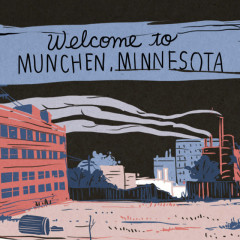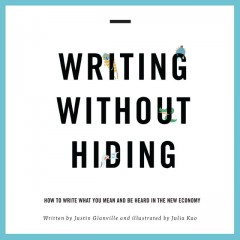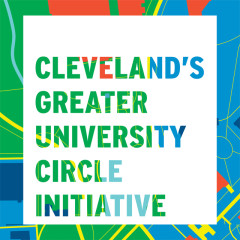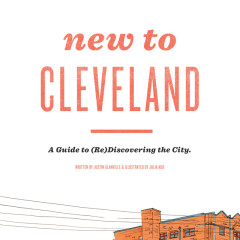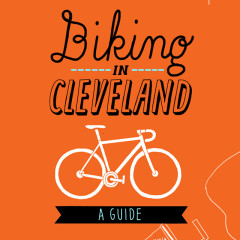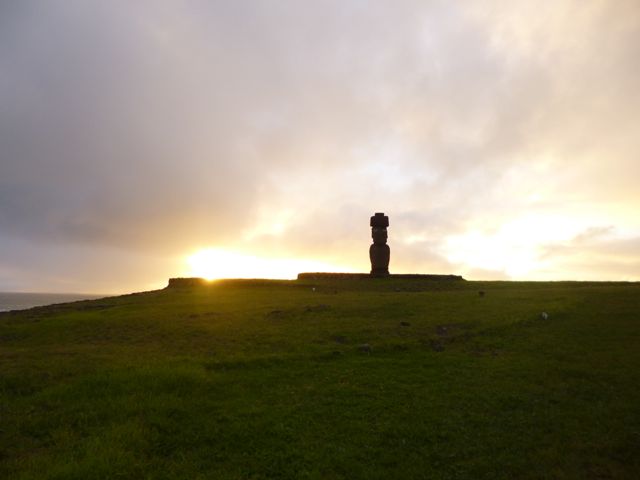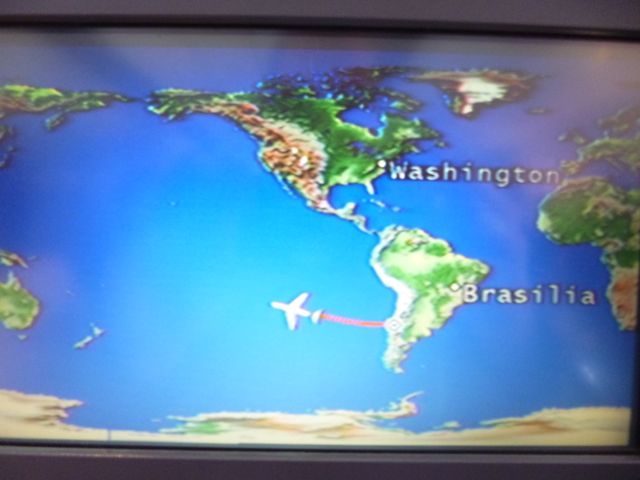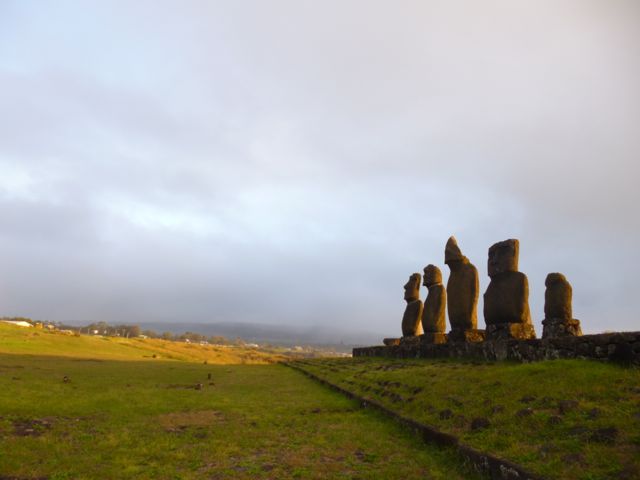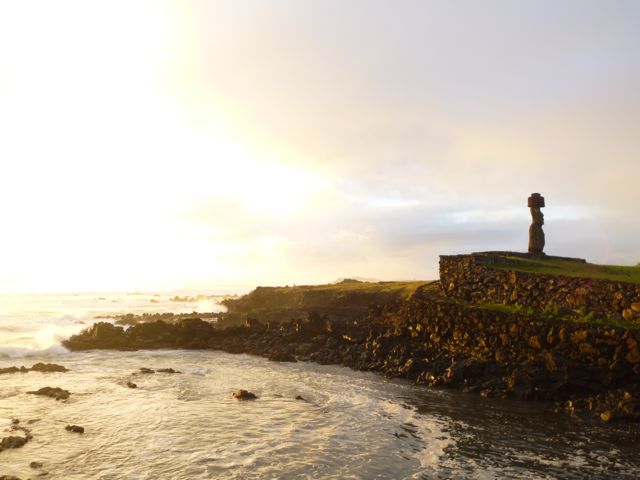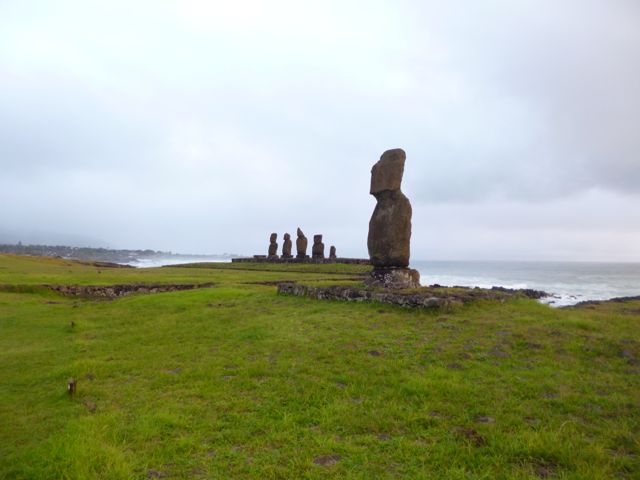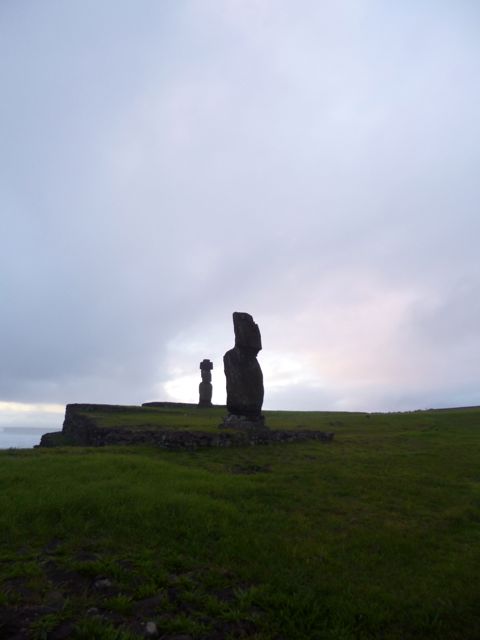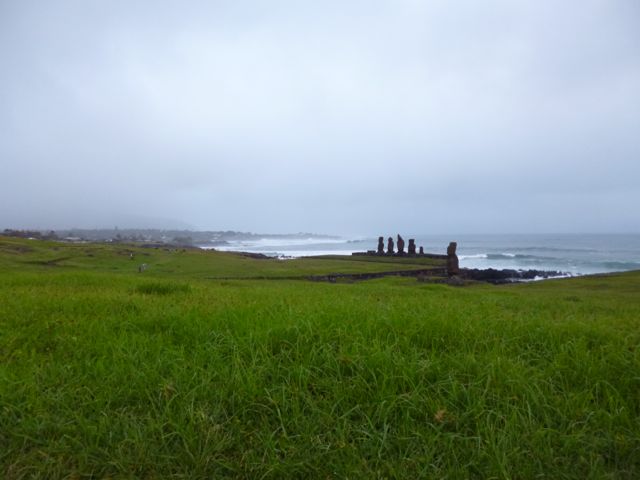The plane ride to Easter Island was uneventful, except that this was kind of crazy to see:
And also I sat next to the friendliest lady ever. She was visiting her daughter, who lives on the island, and shared her Toblerone chocolate bar with me.
My first response to arriving on Easter Island was to freak out a bit. Here I was on this tiny spit of land in the middle of the Pacific Ocean, more than 2,000 miles from the nearest major land mass. I felt a profound loneliness, heightened by the fact that Dan had left the night before. What was I doing, coming out here by myself? Wouldn’t it have been better just to go home with him?
It helped a little that there was someone waiting for me: Matias, the sad-eyed owner of Cabanas Moenga, where I’d booked a cabin online a few months ago. He held a sign that read “Justin Glauville,” and as I approached, he paid a woman for a flower lei and tried to put it around my neck. “No lo necessito,” I said, embarrassed. He smiled. “I didn’t think you’d want it,” he answered in English.
Matias is Rapanui, it turns out, and was born and raised on the island, though he’s also lived in mainland South America and France. He drove me around the island’s town, Hanga Roa, in his beat-up pickup truck in about five minutes, and I saw my first moai — a small one — on a sort of promenade on the ocean. I tried to be impressed and moved but the sun was beating down and I felt disoriented.
And then… and then. We got to the cabin itself. Boy, is it a cabin. Really just a step up or two up from camping. Which is fine, but I saw that the place was… well, filthy might begin to describe it. The floors were rough concrete and grimy, cobwebs on the ceiling, dirt everywhere.
My panic/freak out intensified. I remained calm while Matias left me to unpack, and then I started to scheme about how I could get another place. The catch was that I’d reserved the place online and I didn’t remember the cancellation policy. I went to an Internet cafe in Hanga Roa and looked up my reservation. Shoot. Five days’ notice, otherwise they keep half the cost of the stay.
But wouldn’t it be worth it, to get out of Cobweb Cabin? I wandered around the town, the sun searing me, not really seeing anywhere else to stay. I was disappointed with the tackiness of much of what I saw: The empanada shops playing Michael Jackson. The garish signs. I bought some sunblock and went back to the cabin and journaled and wrote to calm myself down. Compulsively, I scrubbed the kitchen counters and washed some dishes. That’s what you did with dirty cabins, right? You cleaned them.
I decided to go for a jog to continue to blow off steam and see if I could find somewhere else obvious to stay, and end up going to see my first major moai, at Tahai, at sunset. The jog refreshed me, and Tahai…
The site is only a kilometer or so out of town, and I could see the line of moai — four or five, I think — from a distance, with the ocean brewing in the background. And yet even this didn’t prepare me for standing before them. 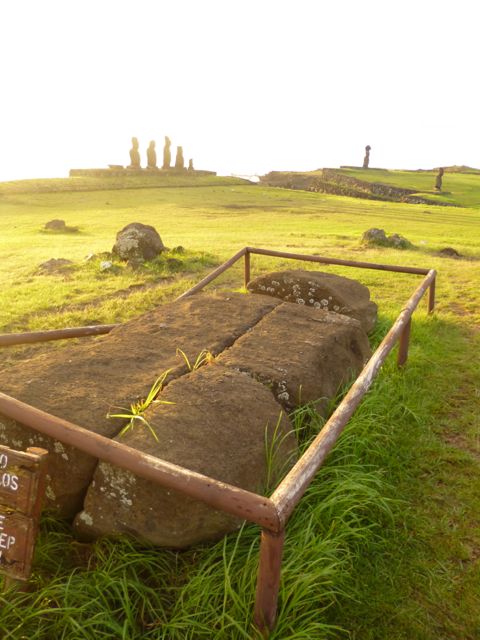
Finally, I stopped obsessing about my room and realized: I was here. On Easter Island.
I sort of bustled around the site, too excited to stay in one place for long. I wanted to see the moai from this angle, and then that. I wanted to get up close, then far away. At one point, I found myself having crossed a “do not cross” sign. Oops. OK, calm down. I sat on a non-archaeological rock and gazed.
Tahai actually consists of three moai platforms, or ahu, arranged in front of a rocky patch of sea coast. The ahu I’d seen was Ahu Vai Uri, the one with the four moai (and one fragment), but there are two others: Ahu Tahai and Ahu Ko Te Riku, both containing one moai each.
(*Warning: Long geekish digression to follow.*) I should pause for a few paragraphs and give my (super-abbreviated) understanding of prevailing theories of the history of the island. The tantalizing thing about this place is that no one really knows exactly what happened here, or when, or why, because by the time the rest of the world became interested, moai construction was long extinct.
Still, the theory is that each village on Easter Island built an ahu, and commissioned moai to be built, as part of their religion of ancestor-worship. Ancestor worship is common in Polynesian cultures, and similar statues (though nothing so grand) are found on other Polynesian islands. The moai themselves are thought to represent tribal chiefs, and they always faced away from the sea, toward the village, to watch over the villagers.
The islanders started carving moai around 1000 A.D. and stopped sometime around 1600. Over this period, the moai got bigger and more detailed, as techniques for carving and moving them became more sophisticated. The largest moai ever erected was Paro, on the east coast, though there’s at least one larger one, unfinished, in the quarry at Rano Raraku.
Why did construction stop? The theory is that by 1600 the island was mostly denuded of the materials the islanders needed to move their colossal moai — including timber and rope, in part due to the construction of the moai. An cautionary tale about the overuse of limited resources. But wait: It wasn’t all the moai’s fault, as has become the popular belief. Rats, of all things, are thought to have contributed to deforestation by eating the seeds of native trees, preventing them from reproducing.
The first white explorer to arrive was a Dutch guy named Jacob Roggeveen, in 1722. He wreaked a bit of havoc, skirmishing with the islanders and killing 12 with weapons they’d never seen before. According to Roggeveen’s account, most or all of the statues were still standing. But by the time British explorer James Cook arrived in 1774, conditions were far worse. Many statues had been toppled (though many still remained standing). The toppling accelerated from then on, and the last time a moai was recorded as still standing was in 1838, when French explorer Abel du Petit-Thouars visited. That one (Paro) eventually came down, too.
No one knows why the statues were destroyed. The most popular theory is that tribes descended into war over the island’s scarce remaining resources — which also explains the rise of the Birdman Cult, which I’ll describe later — and toppled each others’ moai as acts of aggression.
The reason that so much of the island’s history remains obscure is that the residents, who call themselves Rapanui and the island Rapa Nui, began to be abducted to become slaves in the 19th century (mostly for Peru). This decimated the population and erased much of its oral history, so that by the time archaeologists started asking questions, little was known for sure.
Most of the ahu on Easter Island remain unrestored, the moai broken and face forward in the dirt. But archaeologists have restored a few, including those at Tahai. One of the Tahai moai has even had its eyes restored, with replica coral eyeballs.
What struck me most about being here was that despite the fact that the Tahai moai are monumental, I never felt overpowered or “towered over.” Quite the contrary: I felt a powerful sense of protection. These huge, damaged stones felt somehow benevolent, as if holding thousands of miles of sea at bay. I could imagine living in their shadow and feeling utterly safe.
I sat and absorbed this feeling of safety.
I started wondering: Was this at least part of why the islanders started throwing over the moai around the time of European visitation? Were they angry that the centuries-long pact they’d had with their ancestors seemed to have been broken, now that white men with ships and guns were showing up?
The site was busy, if not crowded — maybe a dozen or so people. It’s famous as a place to take photos at sunset. It shouldn’t have surprised me, but I was amazed by how people seemed so fixated on their cameras. They actually approached the site looking through their viewfinders. One guy came up, snapped a few pictures, said to his wife Vamos, and they were gone. On the one hand, I felt righteously judgemental. Come on, you can’t actually look at these with your own eyes even for a few seconds? On the other, I understood: When confronted with something so powerful, you want to capture it somehow. For yourself, but also so you can share it. Look what I saw that was this beautiful. Like a butterfly or a piece of coral. Heck, I was fighting an impulse to reach for my camera every two seconds. But I also could tell that none of my photos was doing the place justice. I was getting the image, but like a captured butterfly or a broken piece of coral, all the color had been drained away.
A drizzle started to fall, and everyone left except me. I lay there watching the shadow of the moai as the sky darkened and my glasses speckled. I thought: This is what I’m doing here. To feel this protected and intrigued and moved, all at once.
I roused myself after I don’t know how long and bought some groceries in town (wow — $35 for bread and beans and some nuts and vegetables!). When I got back to the cabin, I found some bleach and dumped it on the floor of the bathroom, wiped it up. I didn’t need to find another place to stay. Where I stayed didn’t matter. Matias came to say hello, and told me a bit about his life story: He was in the Chilean army, and traveled to South America and Europe. Then I fell into an exhausted sleep, dogs barking and the occasional cry of a rooster.






